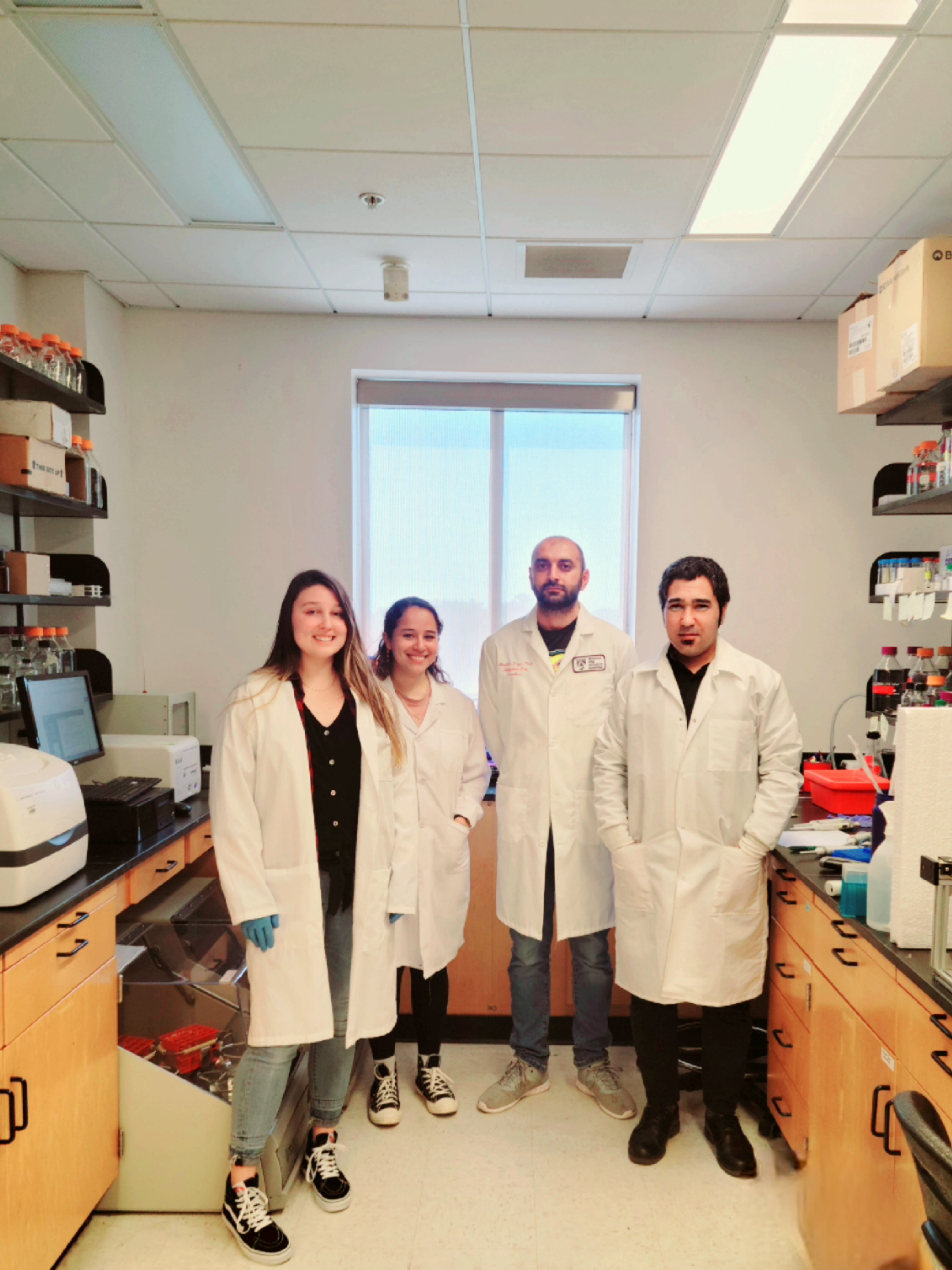Laboratory of Alaattin Kaya, Ph.D.

Research projects
The question of why some species or individuals within a population live longer than others is among the most important biological problems. With the current knowledge, it is safe to say that interaction between genetic and environmental factors, which influence longevity, varies between and within species. Genetic studies have found that longevity of laboratory animals can be extended by environmental, dietary, pharmacological and genetic interventions.
Accordingly, our research focuses on, comparative genomics, gene regulation, networks of gene, protein and metabolite interactions in cellular aging and age-related diseases and linking composition of nutrition to molecular mechanism of aging. More specifically, we try to understand the molecular and cellular basis for aging with the goal to identify novel molecular targets in aging pathways that will provide targets for clinical intervention for slowing down progression of aging and age-associated diseases in the future. Our work explores hypotheses that are best addressed through high-throughput assays, genome-wide screening of genes and small molecule compounds along with computational, biochemical and molecular biology approaches to understand cellular processes that drives aging.
Current evidence suggests that many of the aging mechanisms and related genes are conserved among eukaryotes, from yeast to mammals. Each model system provides key advantages and challenges. Due to a variety of factors – notably including ease of genetic manipulation and a physiology similar to that of humans – the mouse has become the pre-eminent mammalian model organism in aging biology. However, in light of the high housing costs and relatively long lifespan of mice, large-scale unbiased screening to identify anti-aging medicines is not feasible in this organism. With the realization that many aging-related pathways are evolutionarily conserved, even among widely divergent species, short-lived invertebrate models have instead been employed for such screening. The nematode C. elegans – with its short lifespan of ~3 weeks, and budding yeast S. cerevisiae – with its short chronological lifespan of ~4 weeks and replicative lifespan of ~40 divisions, ease of culture and genetic manipulation, and well-characterized aging biology – represents a very attractive model system to identify molecular determinants that modulate cellular aging and organismal age-related phenotypes. Accordingly, our research aims to develop experimental framework for aging research to;
(i) Select candidate molecular determinants of aging (gene, protein, metabolite sets) through systems-level studies and generate hypotheses based on the findings from yeast model,
(ii) and validate lifespan extension and characterize mechanistic models for selected gene/protein orthologs and identified yeast cell metabolites in worm and cell culture model,
(iii) translate these findings into mouse model to identify genes/metabolites conferring desired biological effects, i.e. lifespan extension (estimation of the age of most tissues and cell types will be performed based on recently developed methylation clocks, which will provide faster validation of effect of molecular interventions on aging,
(iv) evaluate shorter-term surrogate phenotypes, such as molecular markers (i.e, DNA methylation changes) or age-associated defects in human such as cognitive function (i.e, processing speed) , physical capability (i.e, strength, locomotion) and physiological and metabolic health (i.e, cardiovascular function, glucose metabolism).
Another area of emphasis in the Kaya laboratory involves the understanding of adaptive genetic changes driven by aneuploidy. Alteration of normal ploidy (aneuploidy) can have a number of opposing effects, such as unbalancing protein abundances and inhibiting cell growth but also accelerating genetic diversification and rapid adaptation. The interplay of these detrimental and beneficial effects of aneuploidy remains puzzling, especially under physiological and pathophysiological conditions associated with chromosomal copy number alterations such as cancer, Down syndrome and cellular senescence. We apply different experimental approaches on yeast and mammalian cells, characterized with different chromosome copy number abnormalities, in order to understand the relationship between ploidy and adaptive genetic changes and to better understand causes and consequences of polyploidy and aneuploidy in cancer cells.
Laboratory members
Naci Oz
Graduate Student
Samantha McLean
Graduate Student
Vikas Ga
Graduate Student
Lesly Turcisios Hernandez
Undergraduate Researcher
Key publications
Oz N, Vayndorf E, Tsuchiya M, McLean S, Turcios-Hernandez L, Pitt JN, Blue BW, Muir M, Kiflezhgi MG, Tyshkovskiy A, Mendenhall A, Kaeberlein M, Kaya A. (2022) Evidence that conserved essential genes are enriched for pro-longevity factors. bioRxiv, doi: https://doi.org/10.1101/2022.03.18.484929
Kaya A, Mariotti M, Tyshkovskiy A, Zhou X, Hulke ML, Ma S, Gerashchenko MV, Koren A, Gladyshev VN. (2020) Molecular signatures of aneuploidy-driven adaptive evolution. Nat Commun. 30;11(1):588.
Kaya A*, Phua CZJ, Lee M, Wang L, Tyshkovskiy A, Ma S, Barre B, Liu W, Harrison BR, Zhao X, Zhou X, Wasko BM, Bammler TK, Promislow DE, Kaeberlein M, Gladyshev VN. (2021) Evolution of natural lifespan variation and molecular strategies of extended lifespan in yeast. Elife. 9;10:e64860 (*corresponding author)
Kaya A, Gerashchenko MV, Labarra J, Toledano M, Gladyshev VN. (2015) Adaptive aneuploidy protects against thiol peroxidase deficiency by increasing respiration via key mitochondrial proteins. Proc. Natl. Acad. Sci. USA, 112, 10685-10690.
Kaya A, Lobanov AV, Gladyshev VN. (2015) Evidence that mutation accumulation does not cause aging in Saccharomyces cerevisiae. Aging Cell doi: 10.1111/acel.12290.
Kaya A, Lobanov AV, Gerashchenko MV, Koren A, Fomenko DE, Gladyshev VN. (2014) Thiol peroxidase deficiency leads to increased mutational load and decreased fitness in Saccharomyces cerevisiae. Genetics 198, 905-917.